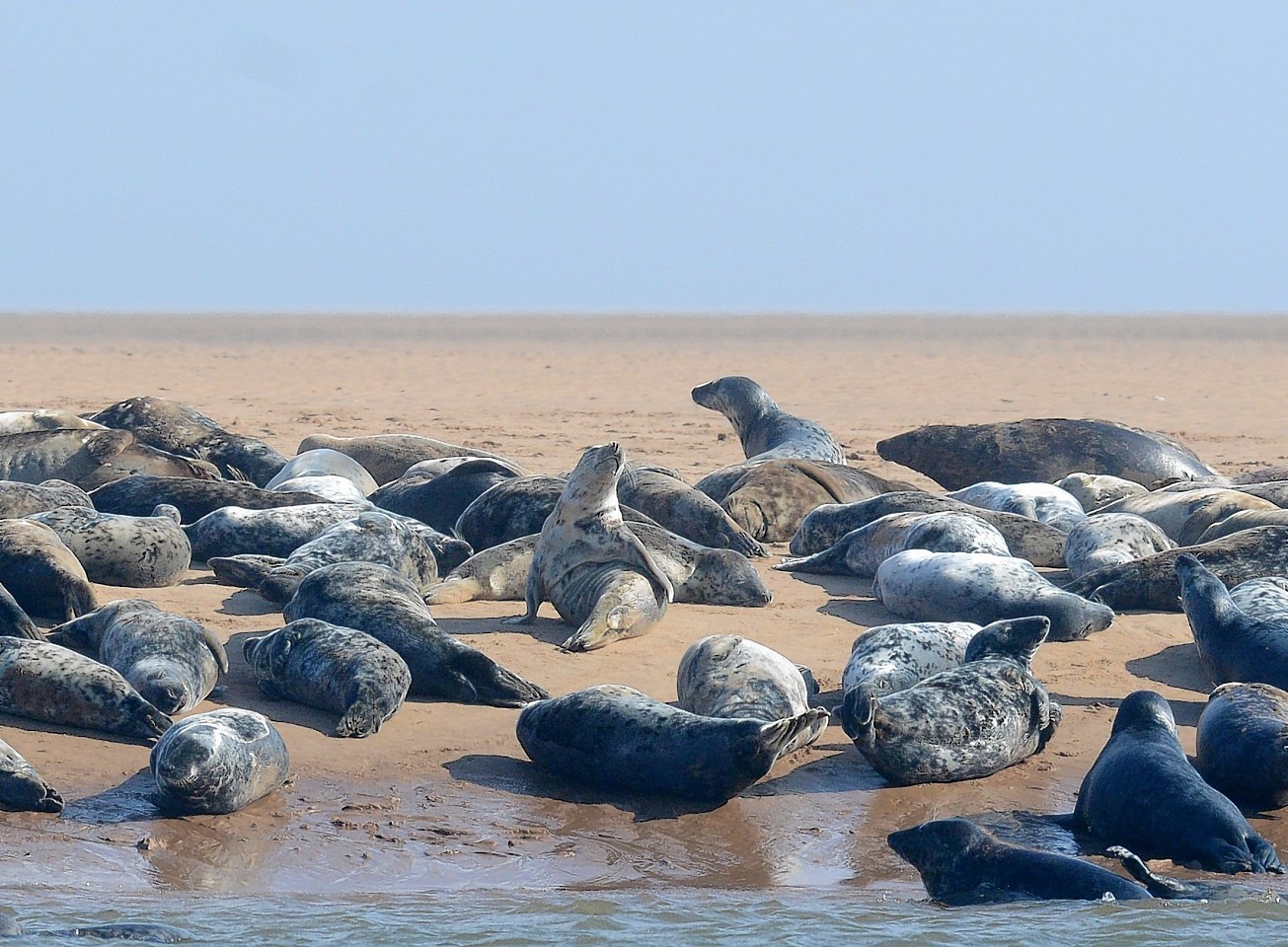Noise from the construction of offshore wind turbines could be damaging the hearing of harbour seals, according to new research published today.
Scientists at St Andrews University say noise from the pile driving process could affect the marine mammals’ ability to find food or mates and to detect and avoid deadly predators.
Offshore wind turbines are installed using pile drivers – large hammers that drive the foundation posts into the sea bed – which produce short pulsed sounds every few seconds.
There are currently 1,184 turbines around the coast of the UK generating around 4GW of power. The next round of construction, which began last year, will see hundreds more installed to generate a further 31GW.
Ecologists from the university’s sea mammal research unit (SMRU) attached GPS data loggers to 24 harbour seals while offshore wind turbines were being installed in the Wash in 2012.
They logged the seals’ locations and their diving behaviour, relaying the information onshore via the mobile phone network.
The data was combined with information on when pile driving was taking place to produce models which predicted the noise each seal was exposed to, and compared this with noise levels that other studies show cause auditory damage.
The model found that half of the tagged seals were exposed to noise levels that exceeded hearing damage thresholds.
Gordon Hastie from the research unit, who led the study, said there was some information on the effects of noise on harbour seals’ hearing, but very little known about the impact of the pulsed sounds produced by pile driving.
He said: “These are some of the most powerful man-made sounds produced underwater, noise capable of travelling large distances underwater.
“Like most marine mammals, harbour seals have very sensitive underwater hearing at a much broader range of frequencies than humans.
“Our predictions highlight that seals may routinely be exposed to potentially hazardous levels of underwater noise during pile driving, with potential implications for the conservation status of some populations.”
The team hope to validate their predictions by making hearing measurements on seals using special “seal headphones”, monitoring individual seals’ movements at sea, and collecting long-term data on their growth, reproduction and survival.
The study is published today in the British Ecological Society’s Journal of Applied Ecology.
